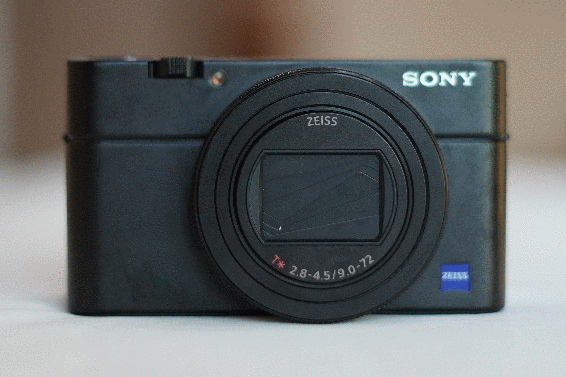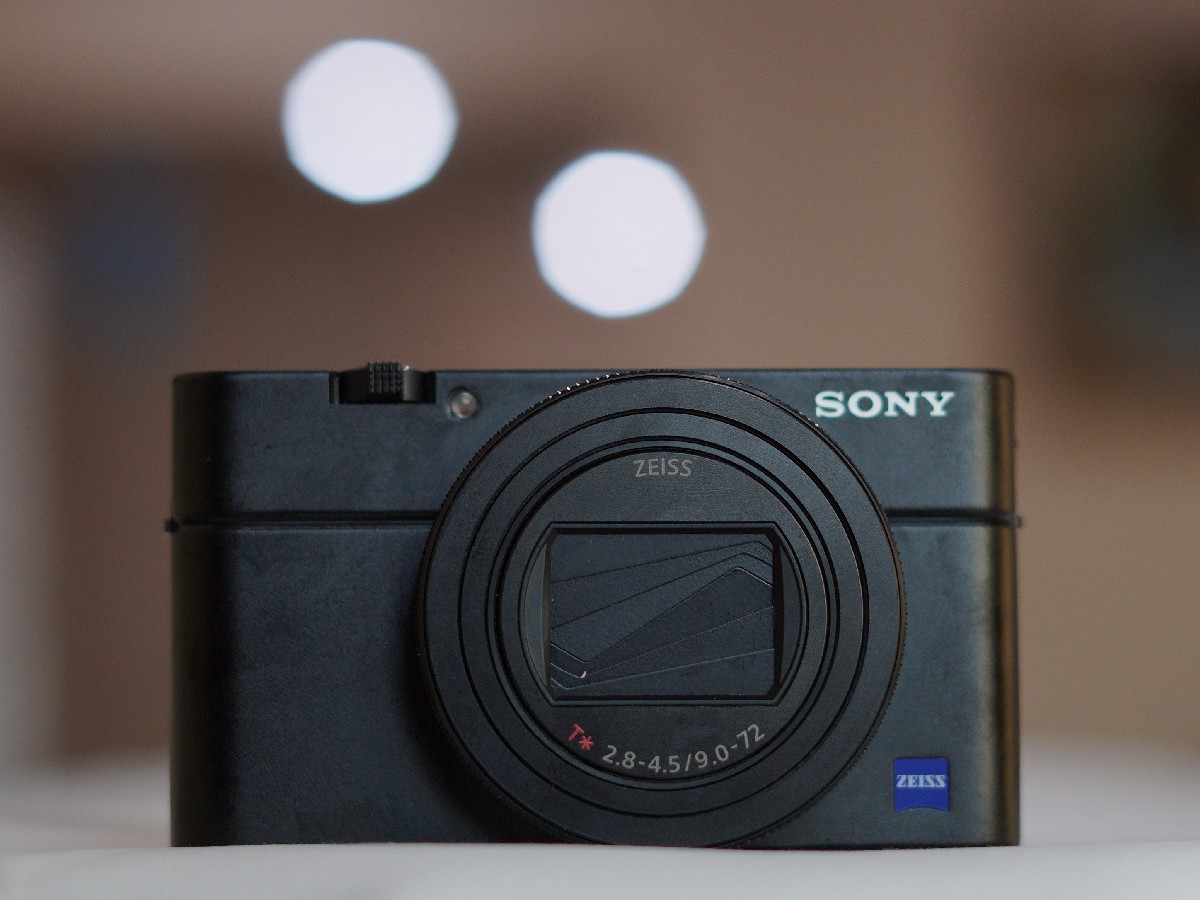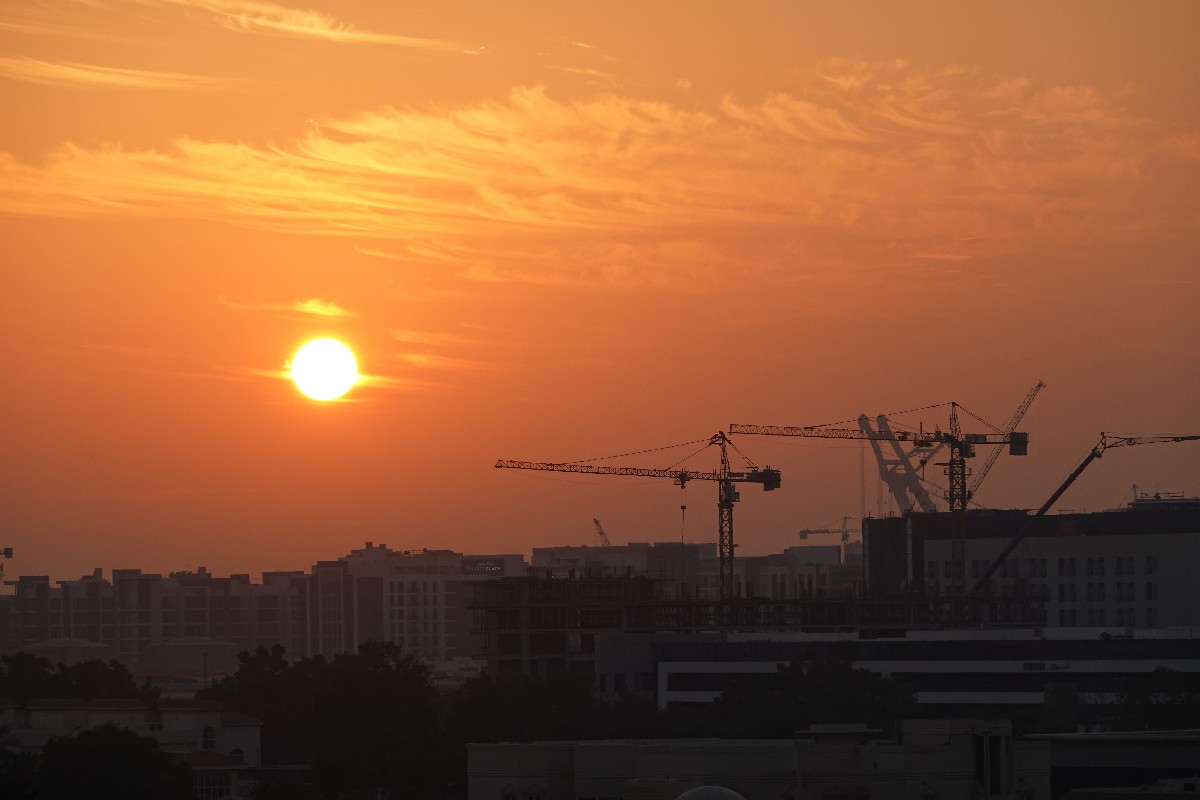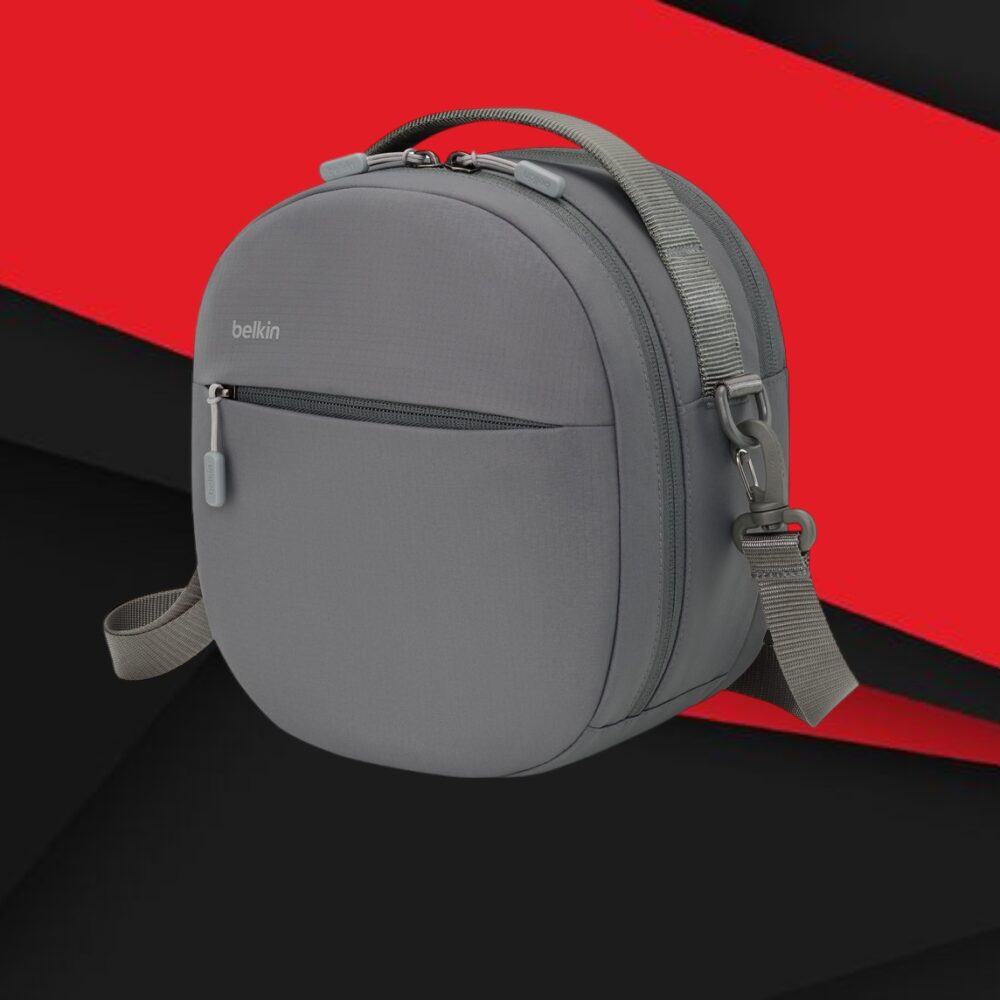Sony keeps improving their camera line-up and constantly surprises us with the things that it can do. The RX100vii is a perfect example of good things coming in small packages. This point-and-shoot camera has a 1.0-inch type sensor with a resolution of 20 megapixels and features a Zeiss Vario Sonnar 24-200mm F 2.8-4.5 zoom lens (8x optical zoom).
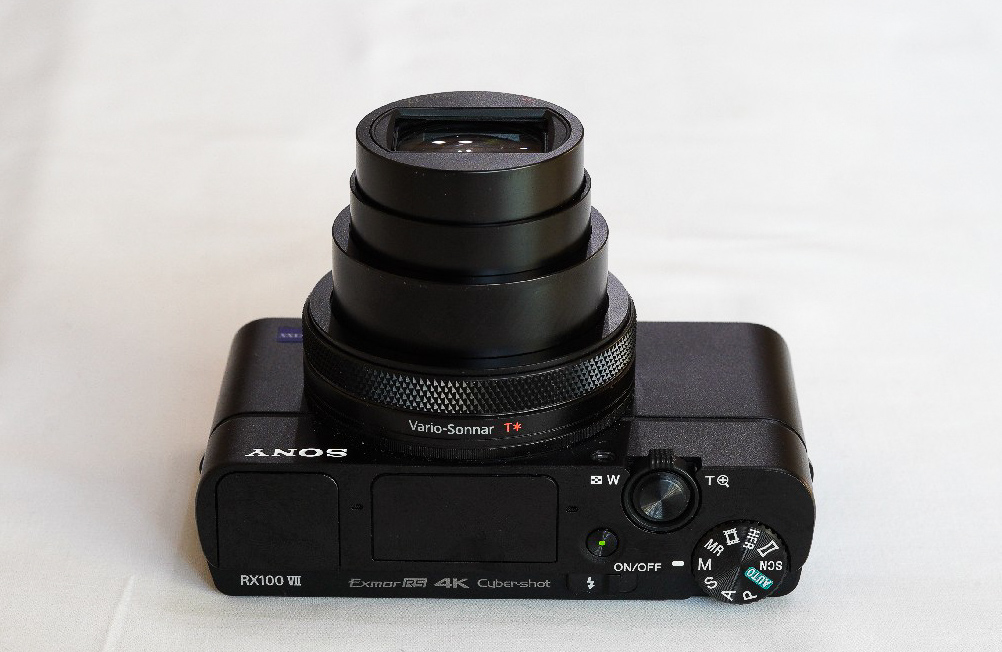
Some cool features
The RX100vii has some really fantastic features, not only for photographers but for videographers too. Something which I couldn’t believe when I saw it was the shooting at 90fps! That’s not a typo. The caveat although is that it can take a maximum of 7 burst shots at this speed, also, the focus and exposure are locked at the first frame. In the regular high speed shooting it can still shoot images at 20fps with continuous AF which itself is also impressive.
It has 357 phase detection points and an insane 425 contrast detection points (up from 25 in the predecessor) that helps it achieve the fastest auto-focus in its class at 0.02 secs.
The RX100vii has continuous eye AF and it not only detects human eye, but animals too (for photos only).
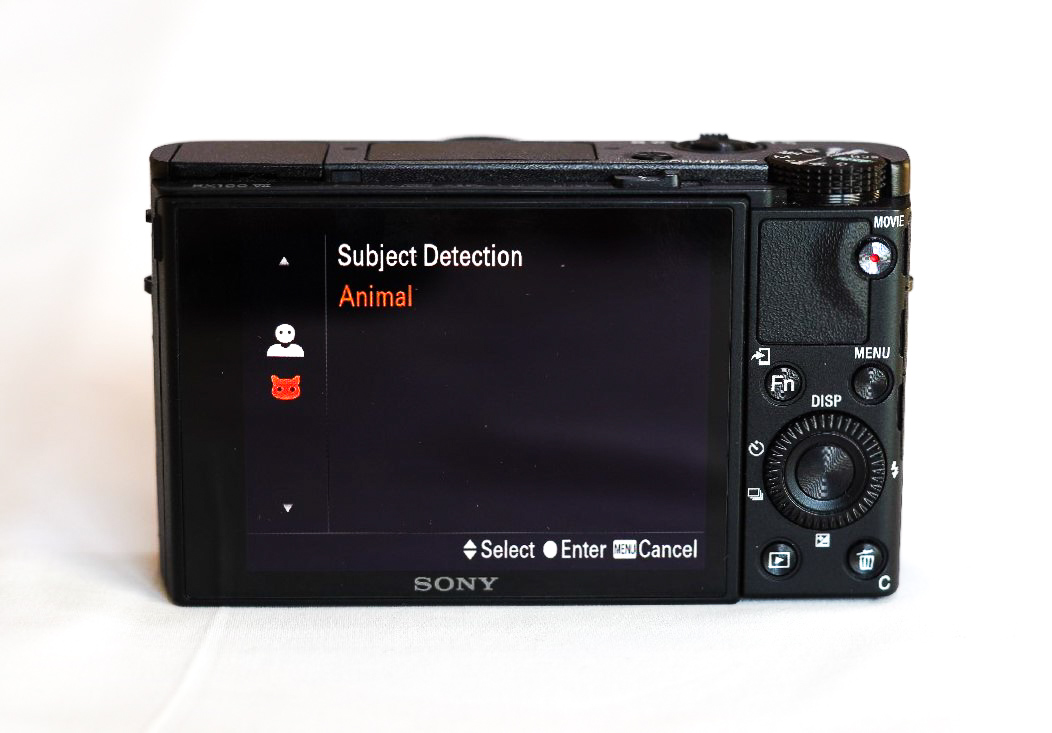
Another great addition to this camera is the interval shooting option. You can take multiple shots to make a time-lapse and view it on the camera itself. You can set the number of shots, and the interval between shots to create a smooth time-lapse.
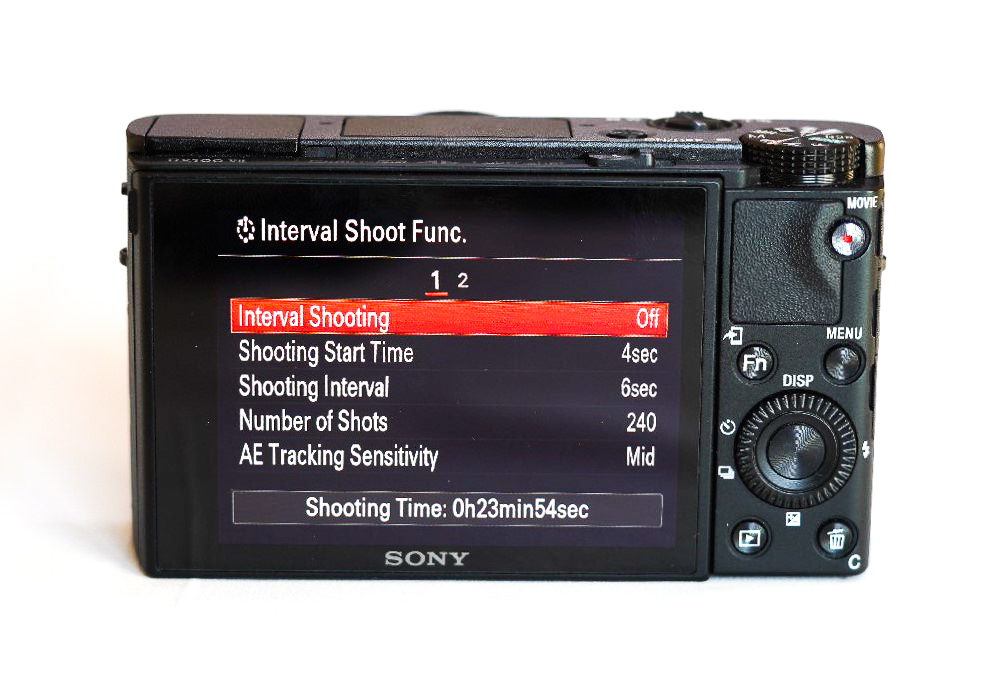
Features for Videographers
If you’re a videographer / vlogger, you’re in for a treat too. Apart from the SteadyShot (image stabilisation) which existed previously, Sony has now also added Active SteadyShot which aids video recording and it claims that it is up to 8 times more effective!
The RX100vii now also features a mic input which comes in really handy for various situations.
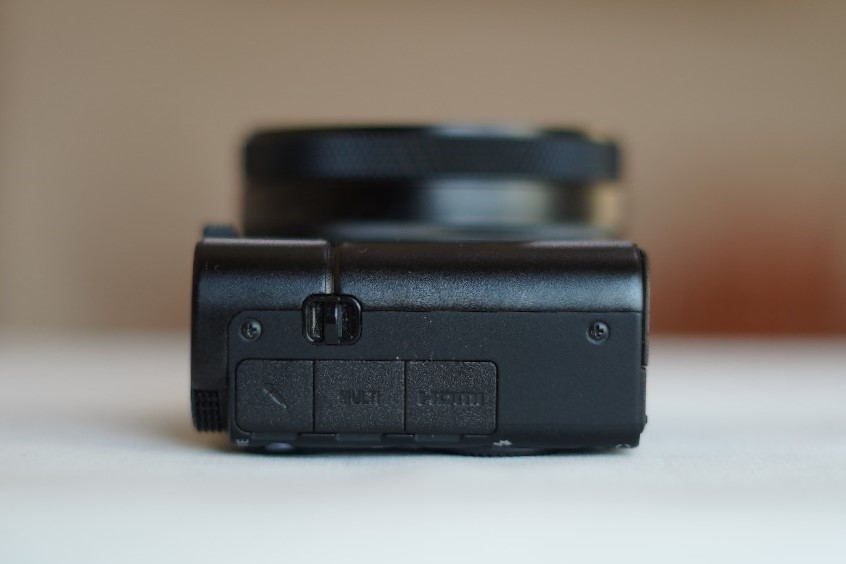
The continuous eye AF now also works while shooting videos (humans eye only, doesn’t work for animal eyes in video).
Previously, the 4k video recording limit was set to 5 minutes, but now you can change a setting (set the Auto power off temp. to High) which will make the camera record for a much longer time (until it feels it has got hot enough).
Last but not the least, if you’re shooting a video vertically, the camera will now retain the rotational metadata so that you do not need to rotate it in post processing.
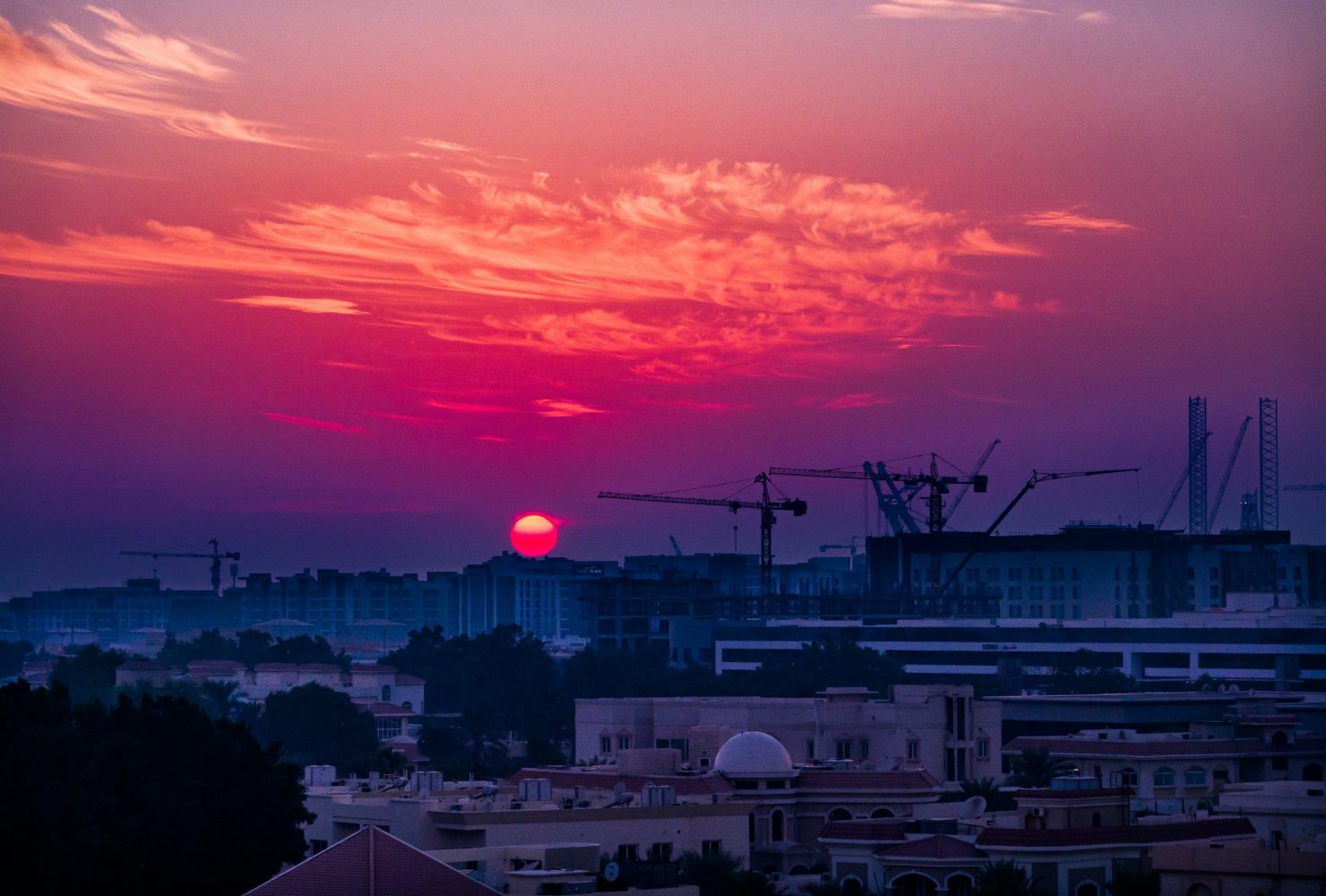
Other features from the predecessor
This camera also carries some features from the Sony RX100vi which are worth a mention.
It has real-time tracking for focusing on moving subjects.
The LCD screen can be tilted 180° upwards and 90° downwards; this would come in handy especially if you’re taking a photo/video of yourself where you can see exactly what you’re shooting.
The RX100vii can record 4k HRD movies and supports HLG profiles.
The HFR (high frame rate) shooting mode is ideal for shooting super slow motion video as it can record videos up to 1000 fps. You can have it to record continuously and after pressing the record button, it can save the last few seconds before that if you’ve chosen the “end trigger” settings.

Image quality and Real Life Usage
I’ve always experienced good quality images with Sony cameras, and given that this is the 7th generation of the RX100 which uses the latest version of the Bionz-X processor, photo quality is definitely great. In low light situations too, the photos look good, and photos are definitely usable up to ISO 4000. There were situations where I used an even higher ISO, and the results are not bad.
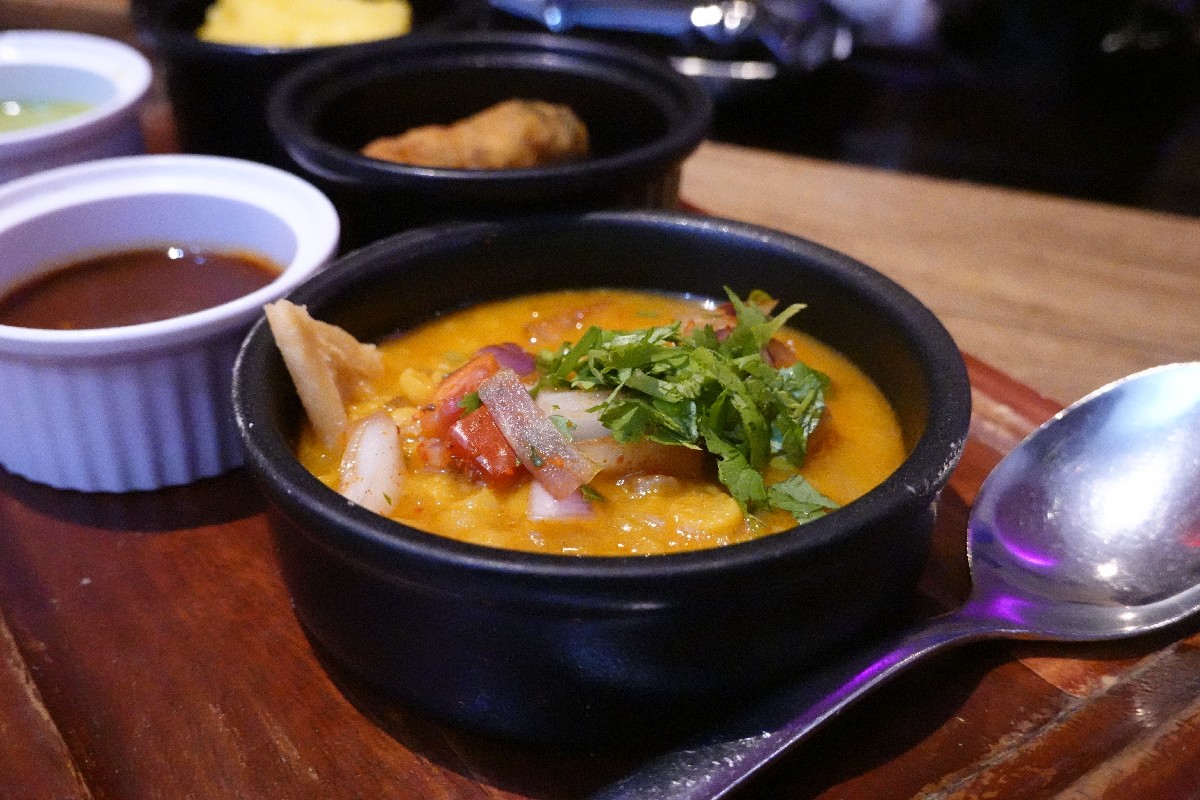
The Auto-focus was great in almost all kinds of situations including low light and it focused really fast about 95% of the times. There were these 5% times when it didn’t focus well (even in ample light).
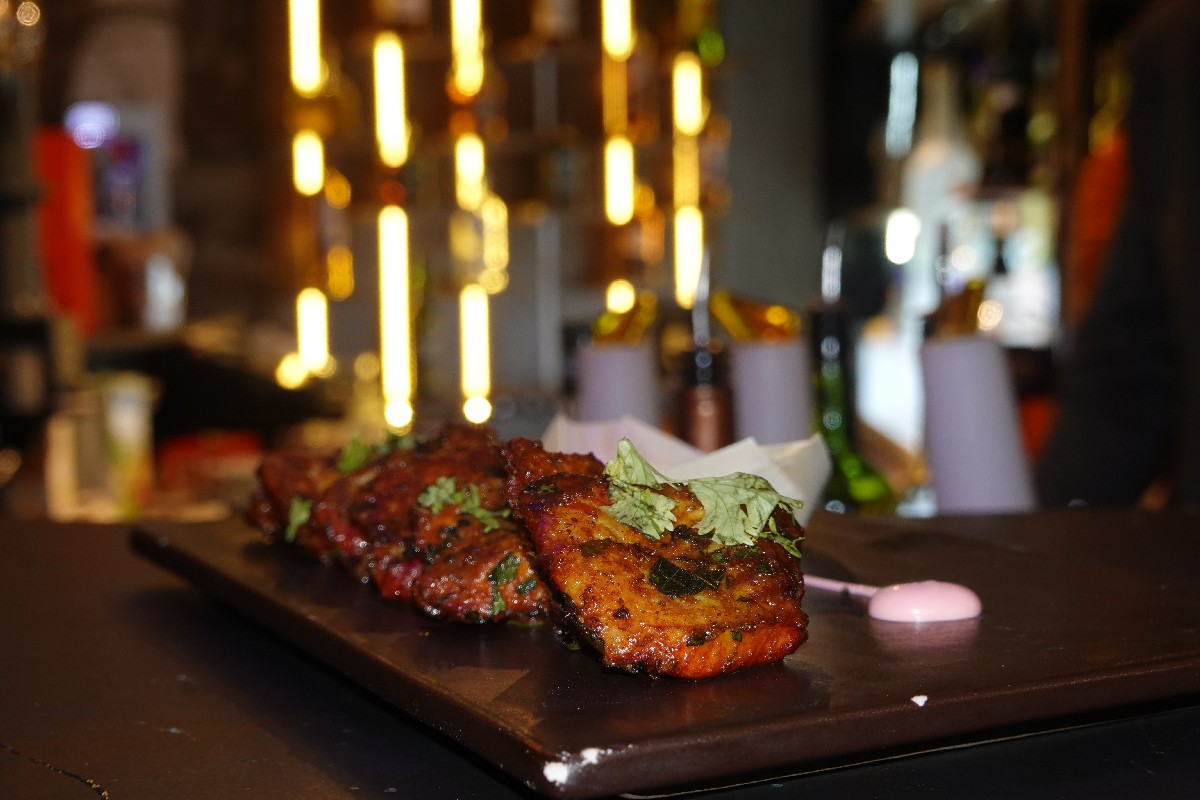
When you tilt the screen 180° upwards for a selfie you can see most of the screen except a small part at the bottom; this small part is where the key exposure information is and you won’t be able to see it in most situations.
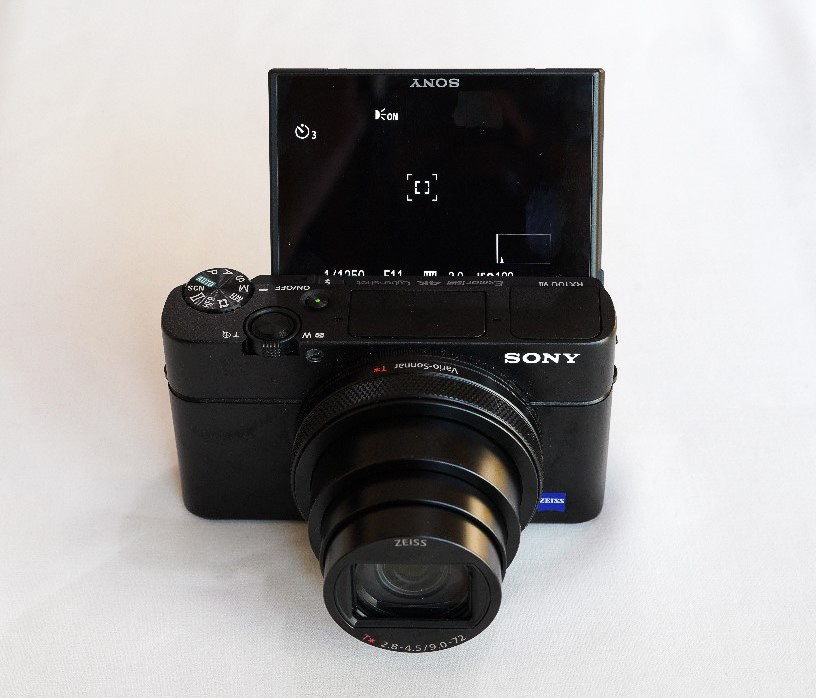
The 90 fps shooting (previously mentioned) is interesting, although since it can take only 7 shots within less than a blink of an eye didn’t seem very practical for me in most situations. If there is high speed action happening, then you might not be able to capture it at that exact moment. The burst mode with continuous AF can now shoot at up to 20 fps (down from 24 fps in the RX100vi) without any blackout and seems much more practical!
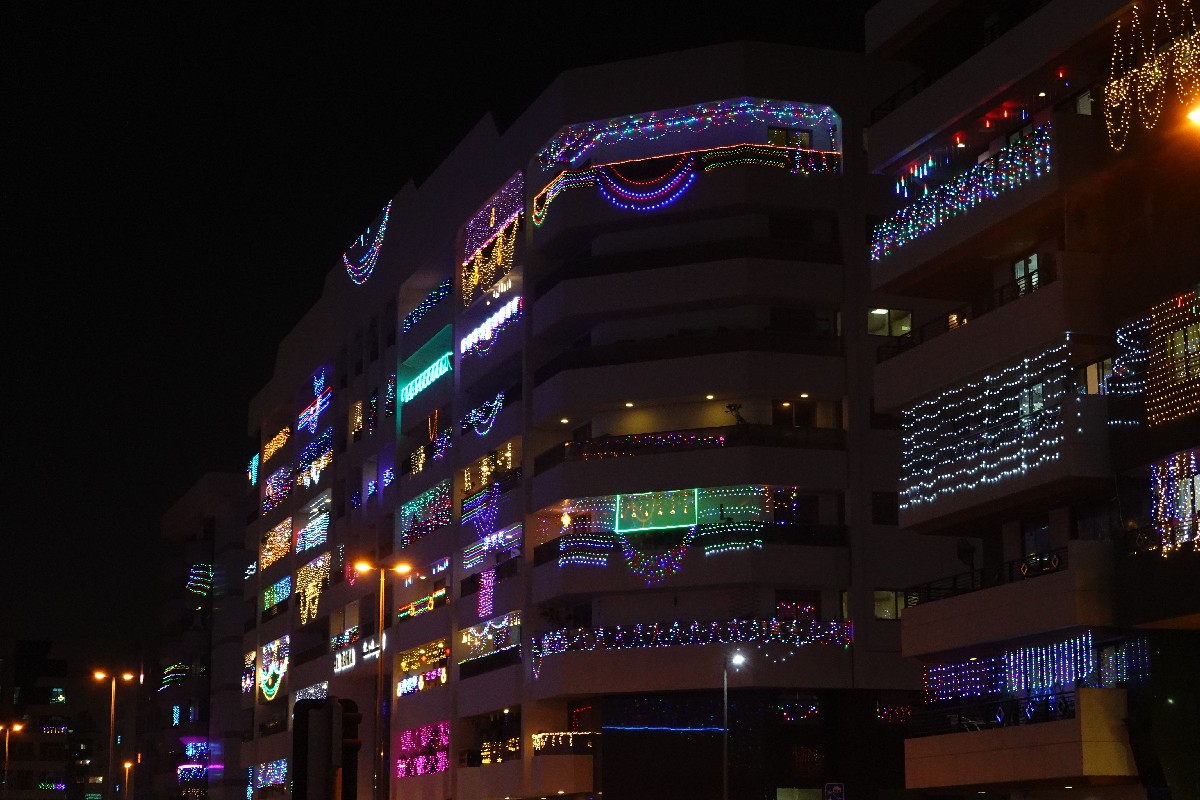
Hardware and Ergonomics
This is definitely a compact camera with pro level features, some of which aren’t even there in a few Alpha series cameras. The camera easily fits in your pocket and you can carry it around with you all the time. It does feel a bit slippery at times and you need to be a little careful about that. If you have big hands then the buttons might feel tiny and a bit hard to operate, but it is a trade-off for getting pro features in a compact form.
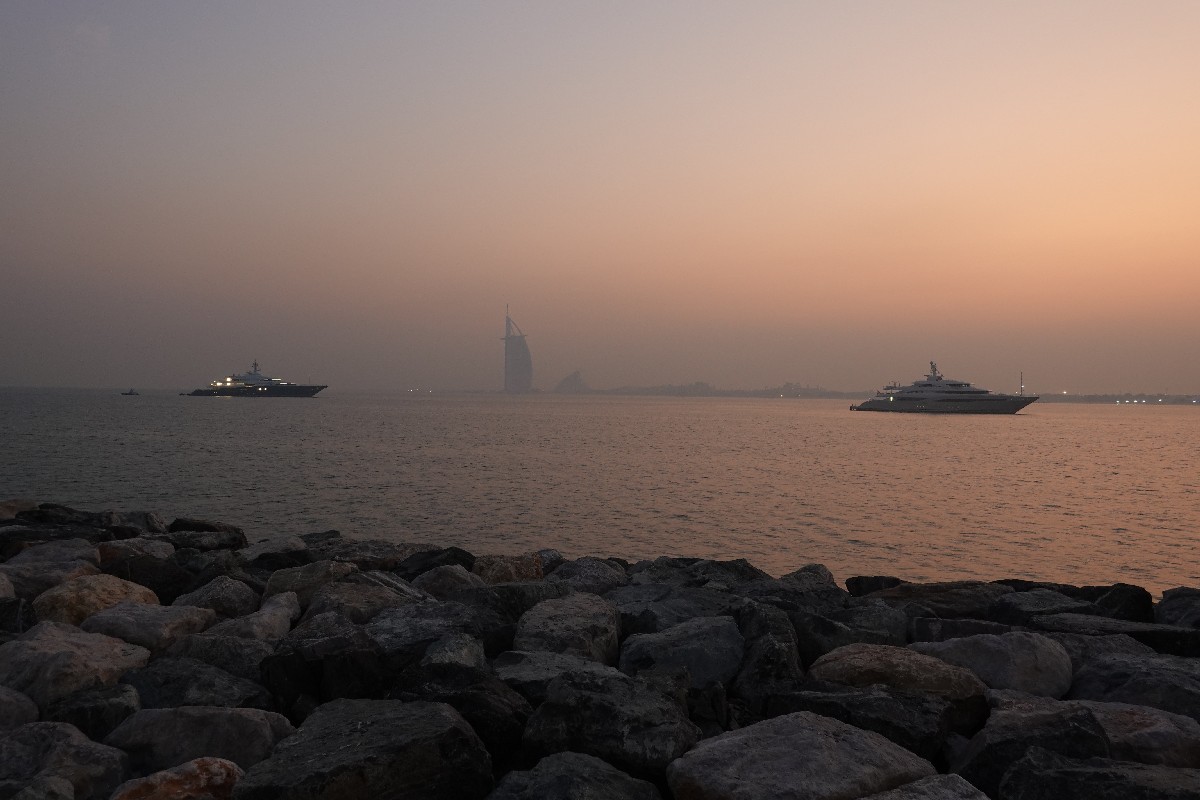
The battery life is just average at 260 shots (and 310 with 2 sec auto-off monitor). After I went to one event, I wasn’t very comfortable to take it to the next one without charging it; it most probably won’t last you throughout the day.
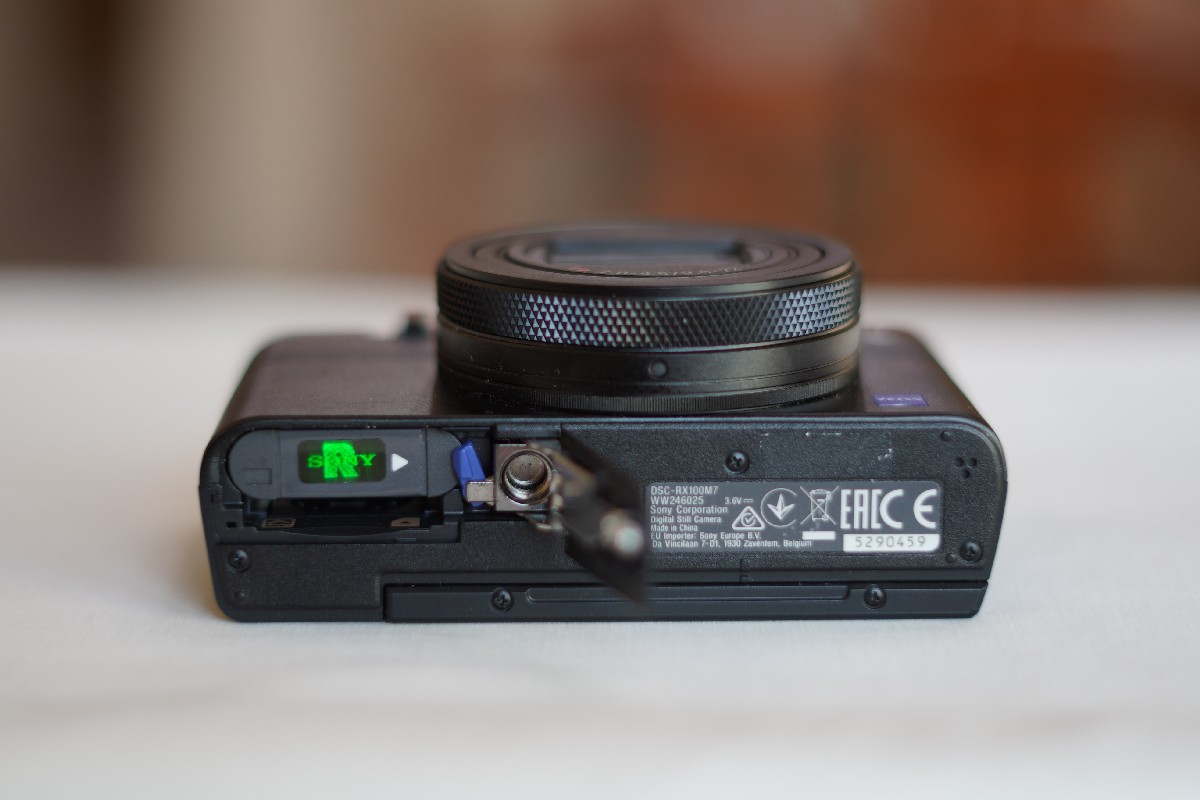
The RX100vii has a viewfinder which pops-up with the touch of a button and this can also turn the camera on if it was off (just like the predecessor).
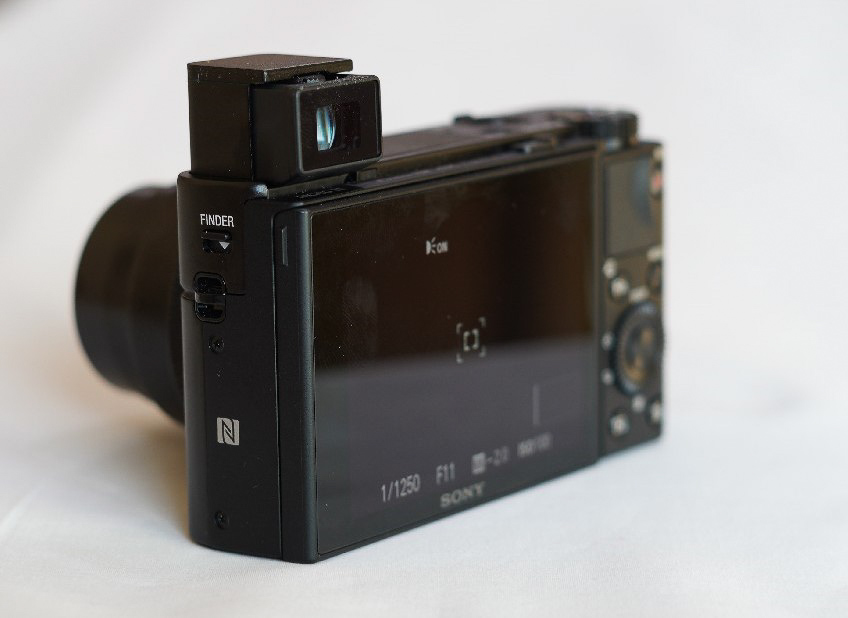
It has Wi-Fi, bluetooth, and NFC connectivity and can be paired with your phone using the Imaging Edge app.
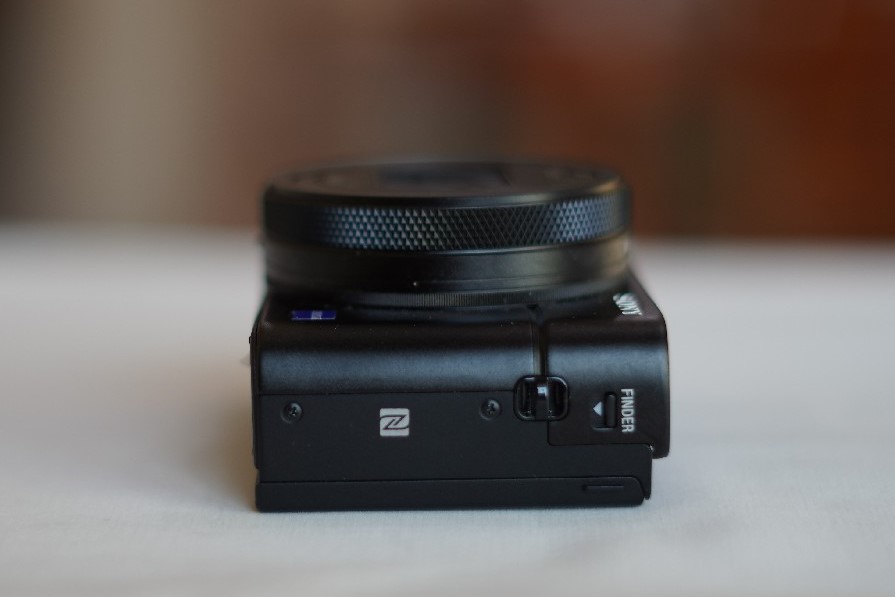
Along with the HDMI, and Multi, it also has the mic port as mentioned above, although does not have a mount for the mic.
Shortfalls
For me personally, I felt that the price point is a bit on the higher side. There are camera options with interchangeable lenses which are similarly priced (although they aren’t as compact).
Another thing would be the battery life. You’d need to give some time to charge it between shoots or carry extra batteries.
The buttons may feel a bit small, but this differs from person to person and you can always check the camera out before purchasing it. It wasn’t a drawback for me, but for some it could be.
I also found the size of the JPG to be a bit heavier than expected, with some being around 15MB in size, although all the RAW files were mostly around 20MB.
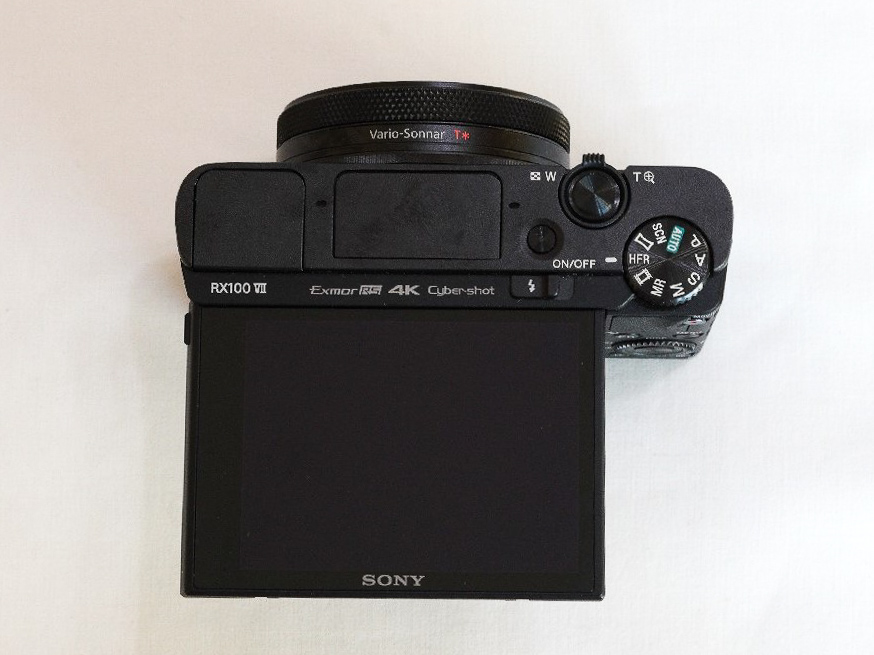
Who should buy the RX100vii?
If you’re looking for a camera that is compact, has amazing capabilities including features that lack even on some professional cameras, then this may be a good choice for you. 4k video, fastest auto-focus, tilt screen, 24-200mm zoom are just some of the amazing things that it can do. If price is a major factor for you, then there are other options on the market, and this might not be your first choice.
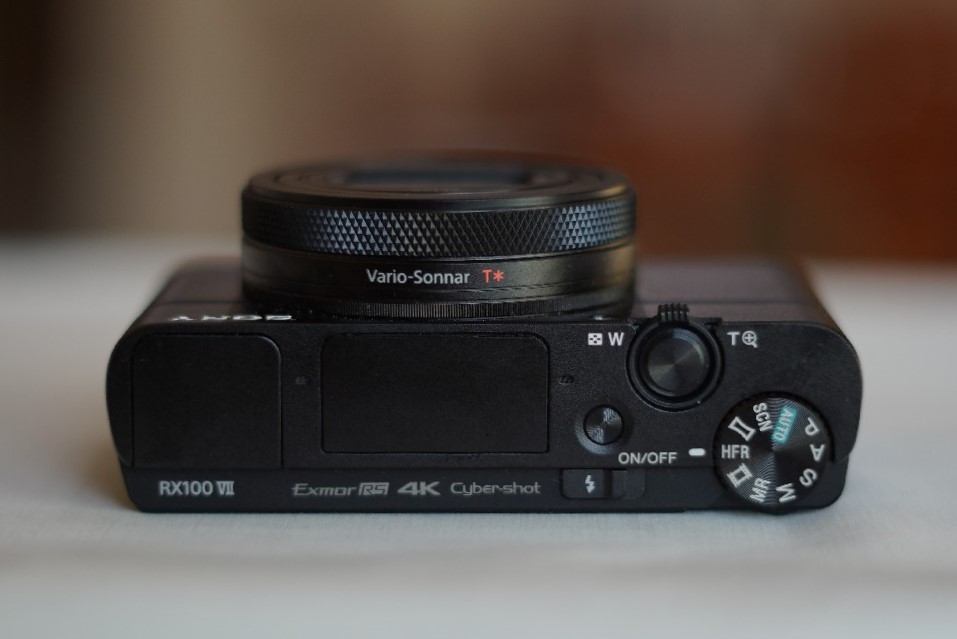
Other options to consider:
This camera is a beast, and there is hardly anything else that comes close. The RX100vi itself would be its closest competitor. You can also consider Fujifilm X100F, Panasonic LX100 II, Ricoh GR III, Panasonic Lumix DC-ZS200, Canon PowerShot G5 X Mark II.
